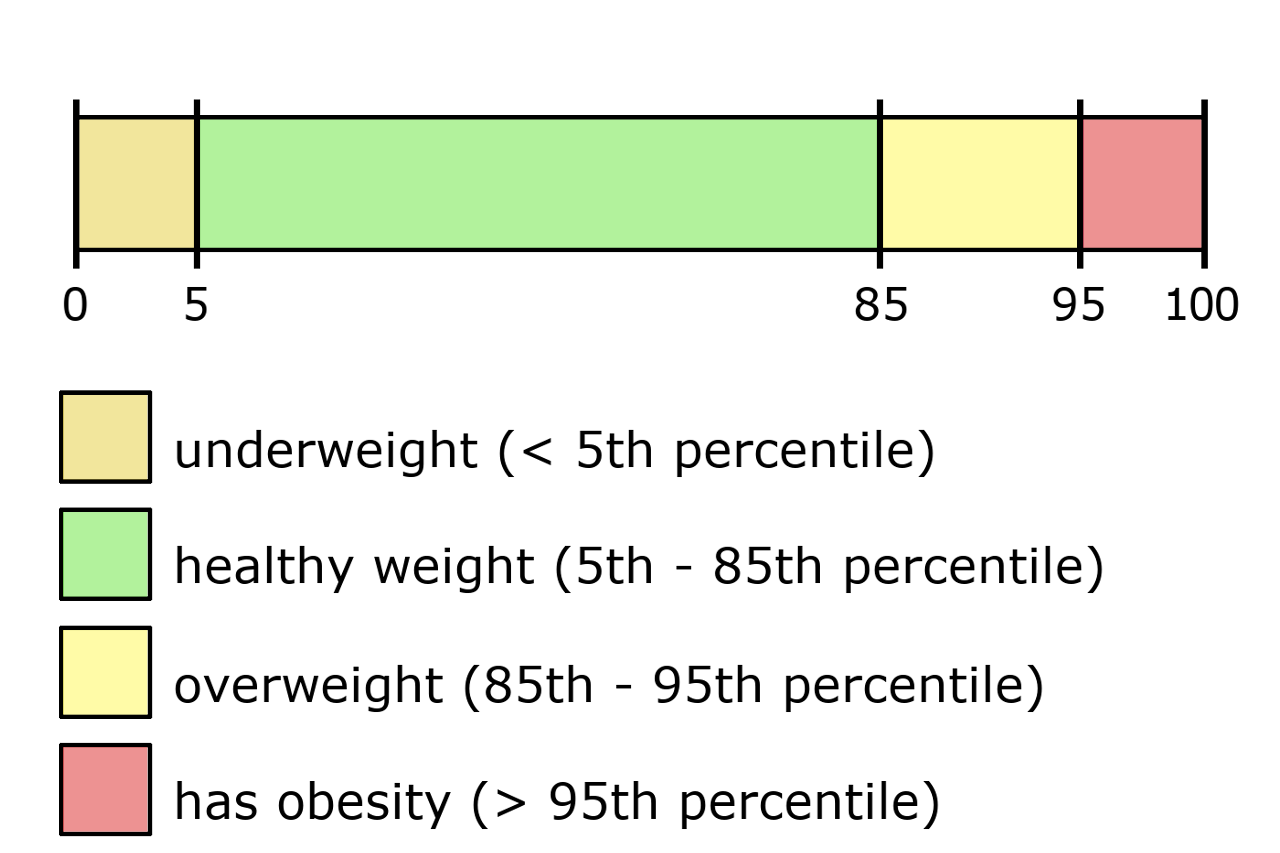

OBJETIVO: descrever o estado da arte da nutrição em recém-nascido prematuro de muito baixo peso. INTRODUÇÃO: a meta nutricional na abordagem do recém-nascido de muito baixo peso é alcançar crescimento pós-natal em uma taxa que se aproxime do crescimento e do ganho de peso intra-uterino de um feto normal de mesma idade gestacional, sem produzir deficiências nutricionais, efeitos metabólicos indesejáveis ou toxicidades decorrentes de uma exagerada oferta nutricional. BIA is a quick feasible method, but the measurement has some various nationalities. The best interpretation of anthropometry will depend of valid reference values for age range of the study population. Although BMI can be practical, it does not distinguish body fat from lean mass. Growth graphs are essential to assess the health of children, but depend greatly of the growth tables used. The literature review suggests several techniques and parameters that can be applied to determine the nutritional status of children and adolescents from different countries. In general, all met the quality criteria, unless 6 of the articles who did not discuss the limitations. 17 studies were identified, 7 addressed the anthropometric indices as the main outcome, 7 analyzed the growth and development of children and adolescents through growth curves, and the remainder surveyed body composition. The literature review and the selection of publications were performed using the Medline, Lilacs, SciELO, Embase, personal files. This article aims to review systematically the evidence on nutritional assessment techniques and parameters used to determine the nutritional status of children and adolescents. VEP latency suggests reduced myelination of visual pathways when difference in growth pattern occurs in twins. Lower values of PI and BMI differences are associated to delayed VEP latency in twin pairs. Expressing the difference in latency as a categorical binary variable, the correlation was significant for both difference in PI, (median difference = -0.36, 95% CI -0.54 to -0.14, p = 0.001) and difference in body mass index (BMI), (median difference = -1.06, 95% CI -1.74 to -0.29, p = 0.006).

The association between P2 latency and anthropometric variables at birth was analyzed by comparison within each twin pair and regarding each variable as ordered difference between the two twins.Īnalysis of differences within each twin pair highlighted that inter-twin difference in P2 latency was significantly related to difference in ponderal index (PI) (p = 0.048). Flash VEPs were recorded at the same postmenstrual age in each twin pair. Seventy-four twin neonates from 37 pregnancies were selected based on gestational age of more than 30 weeks and uneventful perinatal clinical course. To study the association between intrauterine growth and visual pathways maturation by neonatal visual evoked potentials (VEPs) in twins, in view of a possible prognostic role. The results show a direct correlation between gestational age and Body Mass Index for both genders in the nine percentiles, and can provide a useful reference to assess intra-uterine proportional growth. The Body Mass Index values for gestational age in all percentiles shows a steady increase up to 38 weeks, levels off up to the 40th week, followed by a slight decrease to the 42nd week in both genders. For the construction a of a normal smoothed percentile curve, the 3rd, 5th, 10th, 25th, 50th, 75th, 90th and 95th percentiles were determined and a statistical procedure based on the mathematical model "sinosuoidal fit" was applied to establish a curve that estimates biological growth parameters. Weight and lenght were measured following standard procedures. Retrospective study including 2,406 appropriate for gestational age newborns following the Alexander et al curve (1996) from 29 to 42 weeks of gestational age. This study shows the BMI for newborns at different gestational ages represented in a normal smoothed percentile curve. However the BMI values for the neonatal period have not been determined yet. The combination of twho anthropometric parameters has been more appropriate to assess body composition and proportions in children, with special attention to the Body Mass Index (BMI), as it relates weight and length.


 0 kommentar(er)
0 kommentar(er)
